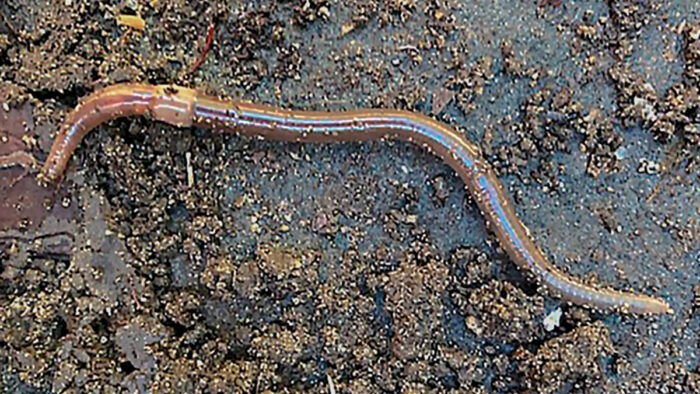
This garden pest is certainly making a name for itself—even several. Depending on where you are and who you are talking to, you may hear it called “the crazy snake worm,” “the Alabama jumping worm,” “the Asian snake worm,” or some other moniker, but all refer to earthworms in the genus Amynthas.
Native to East Asia, Amynthas earthworms are an invasive pest in the Northeast, Mid-Atlantic, and Midwest regions of the United States. They favor living in damp leaf litter and soil with high levels of organic matter, so they are commonly found in gardens, mulched areas, low-temperature compost material, irrigated yards and fields, and forests. Regions with very sandy or dense clay soil that contains little organic matter, and dry areas west of the Rockies will likely not be severely impacted. But for the rest of us, there is reason to be concerned.
How to identify jumping worms
It is important to properly identify invasive jumping worms before beginning to remove them from your yard or garden. Thankfully, Asian jumping worm adults are pretty easy to distinguish from their more harmless European cousins.

Appearance
The jumping worm has a dark body with a buff- to cream-colored band near its head (called a clitellum). Common European earthworms such as night crawlers typically (but not always) have a darker head but light pink bodies and a clitellum that is about the same color. The clitellum on night crawlers is also farther from the head and may not completely encircle the body.
Movement
Like snakes, Asian jumping worms move along the ground with a vigorous “S-like” movement. (This is why they are also called snake worms.) A European earthworm moves much more slowly; it stretches out its head to where it wants to go, then pulls its body to meet it.
Texture
Still unsure which worm you may be dealing with? Give it a touch. A European earthworm is generally slimy to the touch and will coil into a ball or flatten its body when touched. Asian jumping worms are smooth but not slimy to the touch, and they live up to their name! When disturbed, these worms flail about wildly—even jumping off the ground to distract perceived assailants, enabling a quick escape.
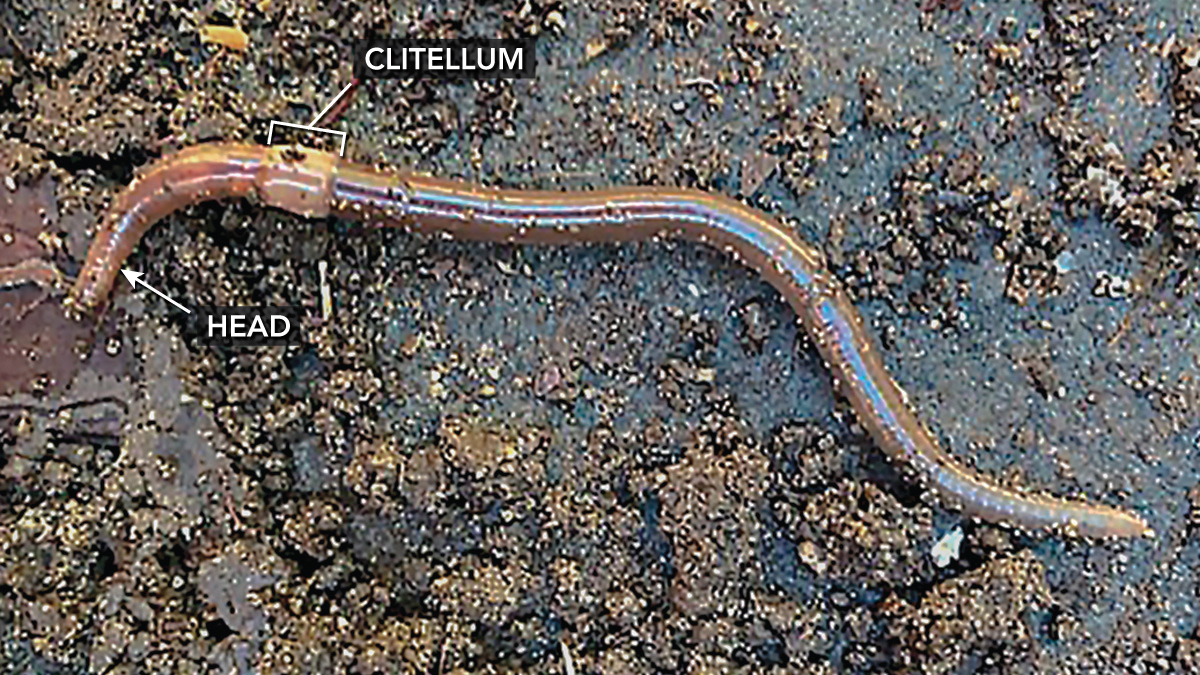
Why are jumping worms a problem?
While they generally do not cause significant losses to crops or heavily worked home gardens (where they tend to be more of a nuisance than anything), these Asian earthworms can cause some hydrophobicity in garden soil if present in large numbers. More importantly, they upset the nutrient balance in the soil over time, and they disrupt forest ecosystems by displacing native organisms and by making the topsoil where they live less favorable for native understory plants.
These worms reproduce quickly and eat more than the European earthworm relatives we’re more accustomed to (such as night crawlers, Lumbricus rubellus), allowing them to establish themselves rapidly in a location once they move in.
How are jumping worms introduced to new areas?
The global trade of plants and plant products is greater than ever before. Although regulatory protocols have severely decreased introductions of new pests on plants and soil, these efforts are not foolproof. The eggs of jumping worms are very small and are able to survive freezing temperatures (even though the adults are killed by freezing temperatures). It is possible that the eggs of jumping worms were accidentally introduced this way.
Unfortunately, this is not the only way jumping worms are being brought into—and moving throughout—the United States. People can purchase these worms via online vendors claiming they are a legal pet food. Additionally, jumping worms are sold at bait and tackle shops, where anglers purchase them and then release unused adults to forested areas near ponds, lakes, and rivers—ideal habitat for them.
How to get rid of jumping worms
While there is some ongoing research to develop biological control and chemical management options, there are no legal products currently available in the United States. If and when they are developed, they will likely be made available to turf growers and golf courses first. It is unlikely that any chemical management solution will be available to homeowners for at least several years. Do not attempt to control the worms using chemicals or other products not labeled for this purpose.
The best management approach for now is to scout your yard and garden often for these worms. They are especially easy to spot when they surface after a good rain. Once you have confirmed that the worms are indeed the invasive jumping worm, begin collecting and removing the adults. If you see worm castings (droppings resembling ground coffee) in your garden but can’t find any adults, try to force them to the surface. Mix 1/3 cup of ground mustard seed with a gallon of water, and pour this over the suspect area. The mustard is an irritating agent and encourages the worms to rise to the surface faster than plain water.
Place any jumping worms you find in a plastic bag or sealed container that can be placed in the freezer. You can also keep a bucket of soapy water outside to drop the worms into. Once the worms have been killed, throw them away. Do not compost or bury them, just in case they were not successfully killed.
Educate your family and friends. Refer them to materials like this so they can identify jumping worms and reduce their spread. If you know these worms have been in an area, do not move soil or plant tissue from that area to new areas, as this can move worms and eggs. Finally, never purchase “jumping worms,” “crazy snake worms,” “Asian crazy worms,” or “Alabama jumpers” for use in vermicomposting, as pet food, or as fishing bait.
Nick Goltz, DPM, is a plant pathologist and extension educator located in the northeastern United States, where he helps growers and homeowners find holistic and comprehensive solutions for plant problems.
Fine Gardening Recommended Products
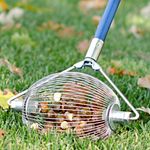
Medium Nut Wizard 14" for English Walnuts, Chestnuts, Golf Balls
Fine Gardening receives a commission for items purchased through links on this site, including Amazon Associates and other affiliate advertising programs.
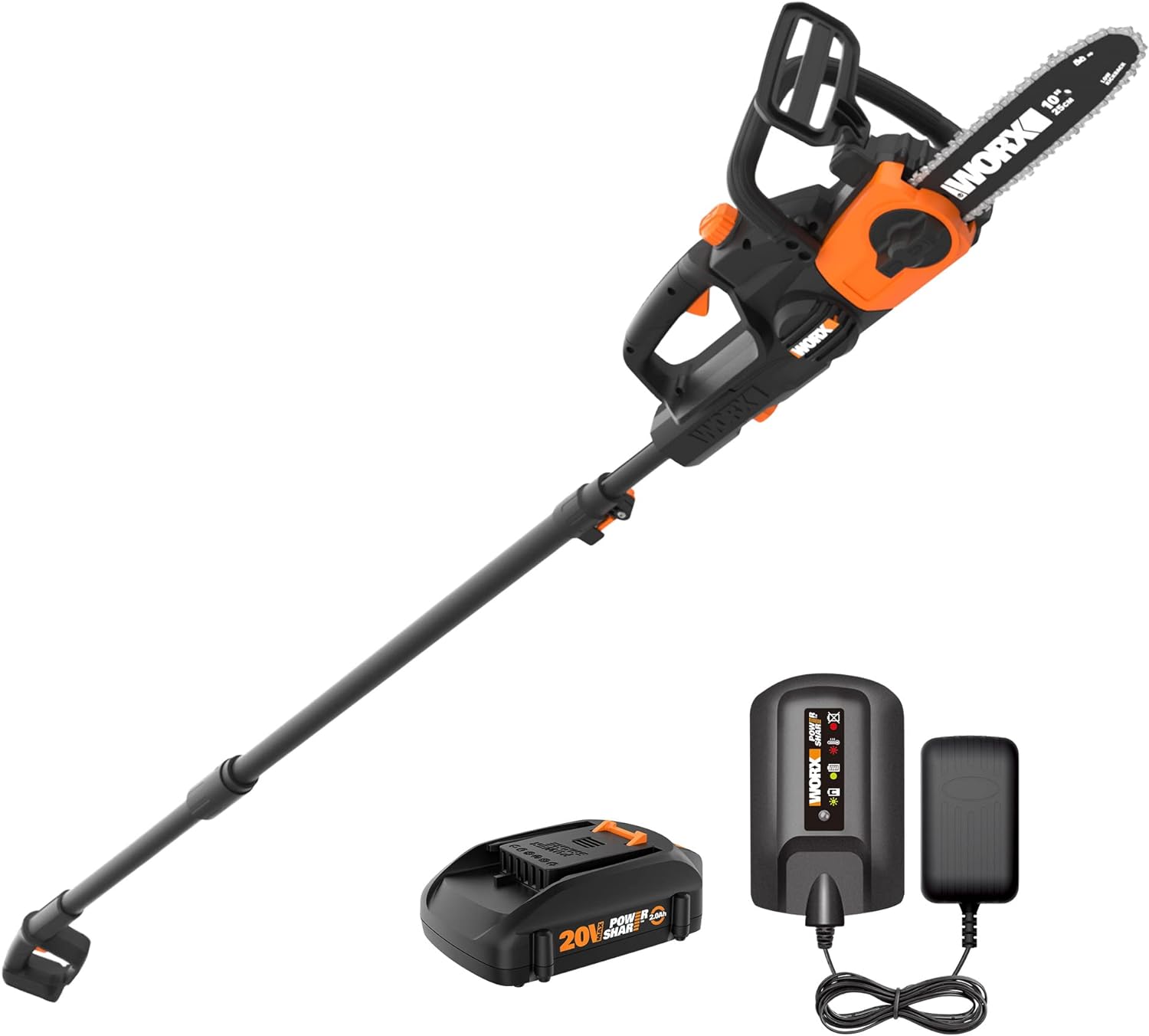
Fine Gardening receives a commission for items purchased through links on this site, including Amazon Associates and other affiliate advertising programs.
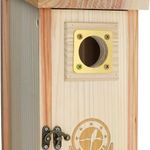
Bird Houses for Outside Clearance with Copper Guard, Cedar Bird House Outdoor, Bluebird Finch Swallow Wren Chickadee
Fine Gardening receives a commission for items purchased through links on this site, including Amazon Associates and other affiliate advertising programs.




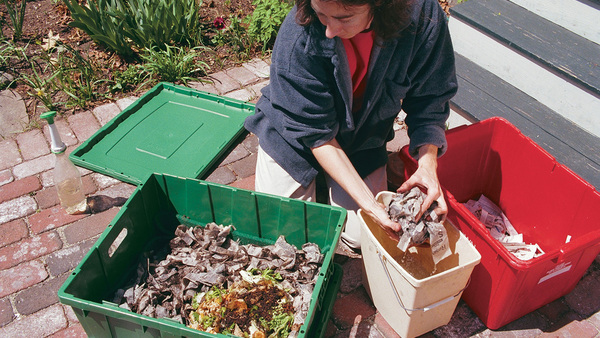
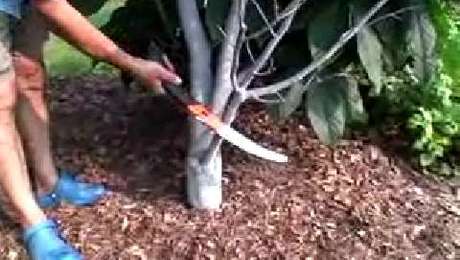













Comments
Ha! By all means, pick up all the worms you see, but if you think this in any way will "control them" or significantly reduce their numbers, dream on. May be effective in a small raised bed if you are diligent.
Yes, I have the Asian worm. I also have lots of birds that thrive on gathering them and feeding them to their young. In the interim, the good worms are hiding in the dirt. There is no way I have enough time to collect and destroy these worms with planting, weeding and mowing..
Hi FG team, these jumping worms have dessimated my garden - I gather and feed them to the fish in our lake. My question: how do I rejuvenate the soil after they have moved on? Even my hardiest Mondarda are 1/8th of their normal bounty. Thanks! Susan Thomson
Log in or create an account to post a comment.
Sign up Log in